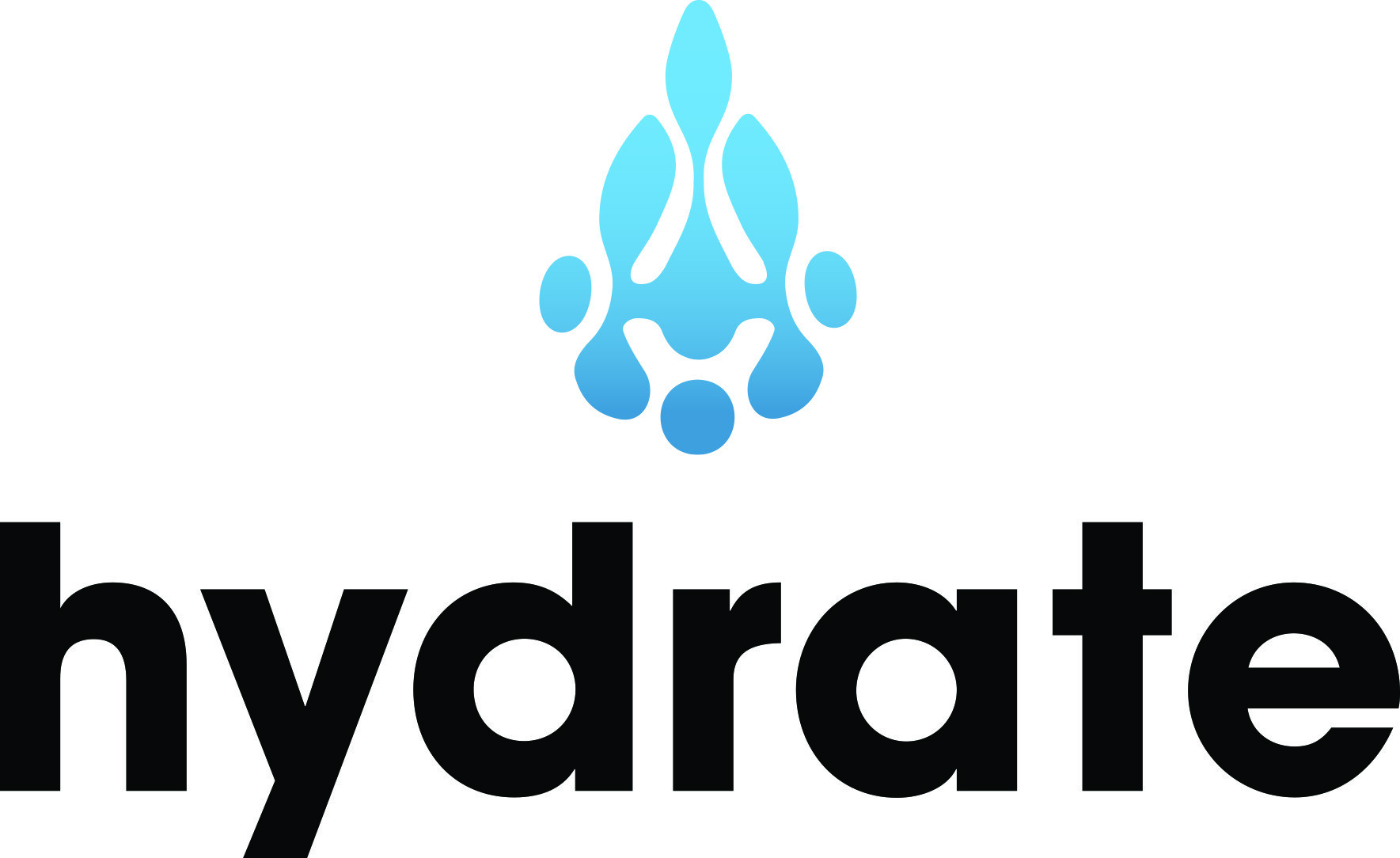This blog is part of the How to Monitor Social Media in 10 Minutes a Day eBook download.
The next time you receive a LinkedIn request from someone you don’t know, think twice before automatically accepting them to be a part of your network. This is not only smart advice, it’s actually part of LinkedIn’s official rules. The LinkedIn platform is meant for professional use and is designed for networking, not for connecting with every person you come across.
Why high numbers aren’t always a good thing
According to LinkedIn’s corporate communications manager, Crystal Braswell, not only does the quality of your network on LinkedIn directly influence the benefits you get from the site, but it also greatly influences the content you see on your feed. Accepting random people doesn’t only make your account come off as sloppy; it will fill your feed with all sorts of jumbled and useless information. It’s common knowledge that anyone can build up a huge network on LinkedIn. All you have to do is hit that “connect” button over and over again. But, it takes serious time and dedication to build up a legit network that reflects your professional life and gives you opportunities for growth.
It’s ok to accept invitations from people you don’t know … sometimes…
Say you went to a party a few weeks back and since then you’ve been getting LinkedIn requests from people you don’t know. This happens, and it’s ok. You can accept some of those, but not all. It’s ok to accept someone you may have only met once or twice, but only when you have some sort of professional connection – you work in the same field, you deal with the same people professionally, or you have a mutual connection that you are close with. That is building your network. Accepting every Tim, Joe, or Susan that sends you a request is not and will do nothing for you.
Instead of instantly accepting every request you get, from now on try to think of it as quality over quantity and only accept those who will build your network up, not weigh it down. It’s easy to “build your network” by adding thousands of people you don’t know, but that’s only helpful when those connections aren’t supposed to matter. Your total number of network connections means nothing if it doesn’t add value and advance your cause. Build a network that will bring you connections, solutions, and opportunities.








